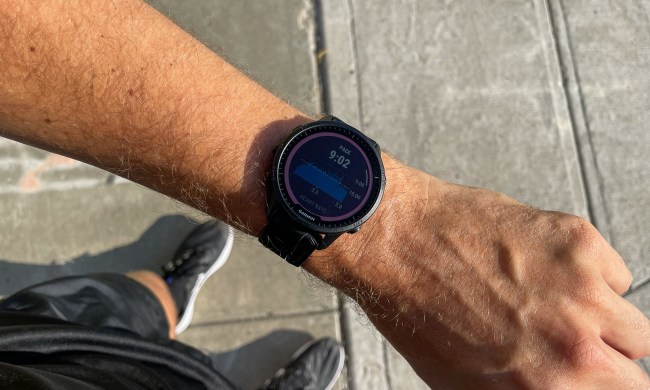“We are developing a wearable robotic third arm that can assist you in collaborative tasks,” Dr. Guy Hoffman, assistant professor at Cornell’s Sibley School of Mechanical and Aerospace Engineering, told Digital Trends. “It essentially gives you an extra forearm below the elbow that has motion capabilities beyond a human arm. We envision it helping people in a variety of work-related tasks, such as picking up objects, stabilizing the person and objects, and aiding human-human collaboration.”
According to Hoffman, what is interesting about Cornell’s robot arm is not that it enhances or augments existing abilities, but that it makes entirely new capabilities available to the wearer. While previous research in this field has explored large, industrial-scale arms worn on a people’s back or shoulder, or else smaller additional fingers, this project fills in some of the ground between these two extremes.
In this case, that means a short arm and gripper that’s able to rotate 120 degrees and extend its gripper 16 centimeters. It’s undoubtedly severely limited compared to a person’s regular limbs, but nonetheless opens up new possibilities for users to more efficiently carry out moderately demanding tasks. Possible use cases may include package handling, warehouses, or supermarket stockrooms. It might also be useful in other small-space workplaces, such as manufacturing cells or restaurants. In some cases it could allow a single person to carry out a job that would otherwise require two people working together in tandem.
“We are now working to make the arm autonomous so that it can be a truly collaborative agent, but one unlike other robots: a collaborative robot you wear on your sleeve, so to speak,” Hoffman continued. “We are working on robot path-planners and controllers that can compensate for the uncertainties introduced by the human. We’re also looking at robot behaviors that can be learned from humans in the specific scenario of collaborative assembly.”
Although commercialization isn’t something the team has in mind for the short term, they’re doing invaluable work exploring possibilities for wearable robots a few years down the line. Who knows: were you to read this article in 2037, it may seem inconceivable that we ever managed with just two arms!


